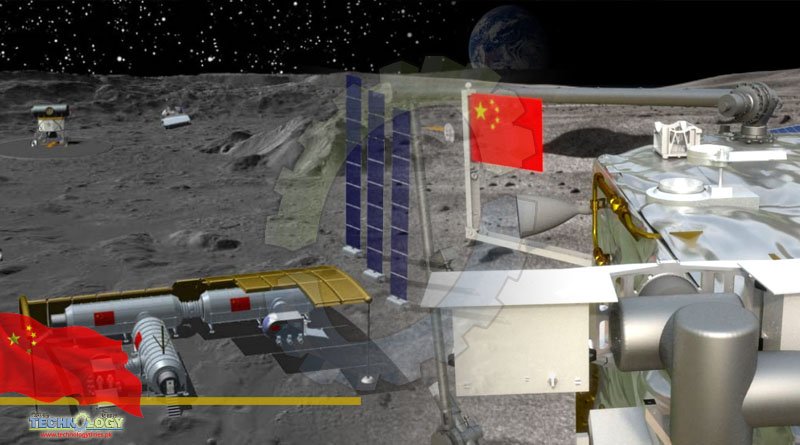According to Wu Weiren, the ILRS’s basic structure will be completed by around 2028, making it possible for Chinese astronauts to reach the moon in less than 10 years.
 China’s Lunar
China’s Lunar
Wu Weiren, the chief designer of China’s lunar exploration program, stated that the country will move forward with the fourth phase of its lunar exploration program in every way this year and that it expects to complete the basic structure for the International Lunar Research Station (ILRS) on the moon’s south pole via the Chang’e-7 and Chang’e-8 probe missions during this decade.
Wu announced on Monday that Chang’e-6, -7, and -8 would make up the Phase-4 missions to the state-run China Central Television (CCTV).
Approximately 2,000 grams of lunar samples will be collected and brought back to Earth by the Chang’e-6 mission. According to the chief designer of the program, the Chang’e-7 mission will land on the south pole of the moon and carry out extensive surveys to look for signs of water.
Together with the Chang’e-7 mission, the Chang’e-8 mission, which is anticipated to launch around 2028, will finish constructing the ILRS’s basic framework. According to Wu, it will also include a lunar orbiter, lander, and rover, as well as a variety of scientific detection devices.
The Chang’e 6 probe is a backup to its predecessor, Chang’e 5, which was able to return 1,731 grams of lunar samples and marked the first lunar-return mission since 1976, according to sources familiar with the development of the lunar exploration program who told media on Monday.
The Chang’e-6 mission’s deputy chief designer, Wang Qiong, revealed that the launch date will be either 2024 or 2025. By the start of 2024, the Queqiao-2 relay satellite will be launched in order to get ready for the mission. The south pole was chosen as Chang’e 7‘s final destination for two main reasons, according to other sources as well.
One benefit is that it might offer a stable source of solar power because of the favorable solar illumination conditions, which contrast with other regions’ extremely hot and cold lunar days and nights. Another benefit is that the relatively stable temperatures will support long-term robotic exploration and potential manned activities at the ILRS.
Water is another factor in the decision, as the permanently shadowed craters in the polar region may be home to ice and other volatile resource reservoirs that will be important for manned explorations.
Since 2007, China has launched five robotic probes as part of its lunar program, which it started in 2004. The fourth mission, Chang’e 4, made a soft landing on the far side of the moon in January 2019. It was the first spacecraft to closely monitor the obscure lunar region.
As the longest-running lunar rover, its Yutu 2 rover has been operating there for more than four years. According to Wu Weiren, the ILRS’s basic structure will be completed by around 2028, making it possible for Chinese astronauts to reach the moon in less than 10 years.
According to the China Aerospace Science and Technology Corp., researchers are finishing up the research phase of the nation’s next-generation manned launch vehicle with new technological advancements, and the launcher is moving to the prototype development stage (CASC).
According to the state-owned space company, the next-generation manned rocket is designed and developed in line with the overall plan of the Chinese manned space authorities.
It is used to launch either the moon surface lander or China’s next-generation manned spacecraft, with a focus on high reliability and safety. The CASC stated that “it is anticipated to reach maiden flight conditions by 2027.”